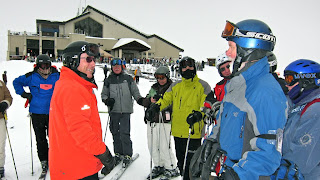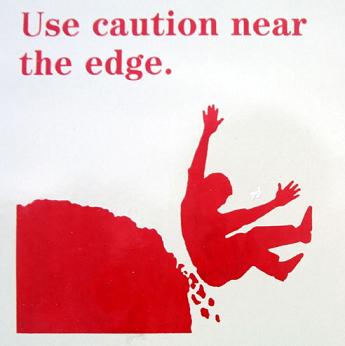Darrell James
I am often asked how I came to be a mystery writer. The assumption is usually that I must have wanted to be one all my life. Truth is, it never occurred to me, until late in life, and until someone else brought it to my attention. (Though I always admired those who wrote the stories I loved).
I suppose I have to say that I had always been in search of something. Just what, I was never sure.
Then, sometime in the mid-nineties, on a whim, my wife and I took a community college class on acting. “It was something to do,” we told ourselves.
As part of our course assignment, each of us was given the task of writing a one page monologue on a southwest character that we were to perform on the last day of class. I went about it without a clue what I was doing, creating a character named “Necktie”.
Necktie was

the old west equivelant of a modern-day skid-row derelict. He lived under the wooden boardwalks and porches in a fictional mining town called Last Hope, Arizona. He panhandled the street and worked odd jobs to pay for his daily drink. And was known to be good with knots. Often preparing the ropes for the gallows, whenever the need arose. His name was derived from the hangman’s noose he wore around his neck, to showcase his talents.
Darrell as NecktieOn the last day of class, we all came in costume and delivered our monologues with all the skills we’d derived from eight weeks of diligent study. After class everyone told me that my character, Necktie, was definitely the best. More imaginative and interesting than all of the others. Whether it was true or not, the accolades afforded me a great deal of pride.
I can’t say that I immediately jumped into writing. (All great ideas need time to percolate, you know.) I went on to perform in numerous community theatre productions, and eventually my wife’s skill and interest in acting took us to Los Angeles and Hollywood. (But that’s another story.)
What stayed with me was the swell of pride and thrill of achievement I got (and still get) thinking about my first character, Necktie. Little Necktie, with all his foibles and antics. And, on some daydreaming afternoon, when the time was right, the kettled-idea of becoming a fiction writer finally came to a boil.
I have written numerous characters since that time. Some thirty short stories, four novels and an original screenplay to date. My story of the little priest, Father Vega, comes to mind. So does the, not so little, Little Earl from Motherhouse. And there are more favorites. And will be more to come.
My novel, Nazareth Child, scheduled for release in September of this year, features the determined, young, missing-persons investigator, Del Shannon. Del is my latest secret love. But, no matter how many characters I have created, or might create in the future, none will completely hold the same place on the mantle as Necktie.

Necktie was my first and for that he will always be remembered fondly.
What about you? As a writer, still remember your first character? As a reader, still remember the first character to capture your heart?
No, not Shakespear!Darrell as extra infilm Posse, MardiGras scene.Nazareth Child is forthcoming in September from Midnight Ink. This debut novel sends Del Shannon on a quest into the clannish hill country of Kentucky to find the mother she’s never known. There the infamous faith healer, Silas Rule, seems to hold the secrets to the past. Is her mother alive or dead? And can Del survive the truth? Look forward to a lasting relationship with the girl who doesn’t back down from danger.








































